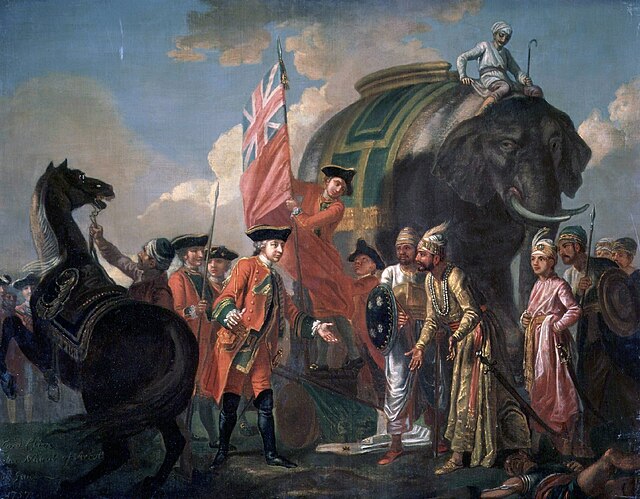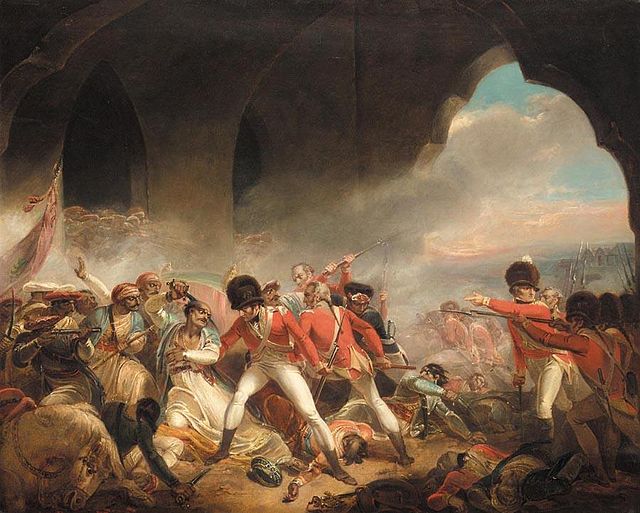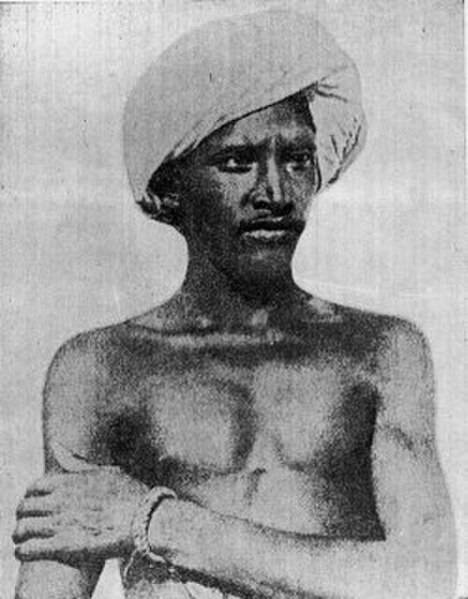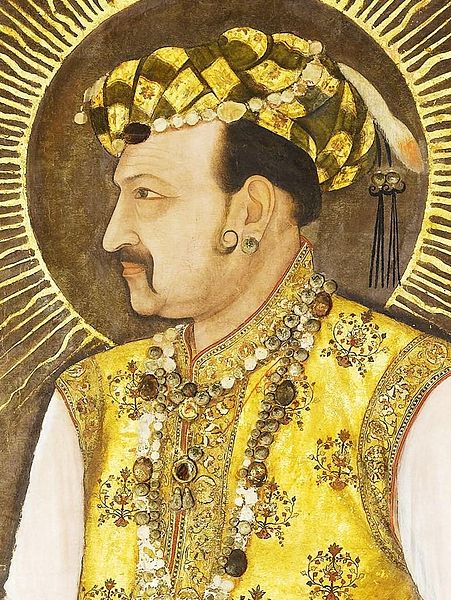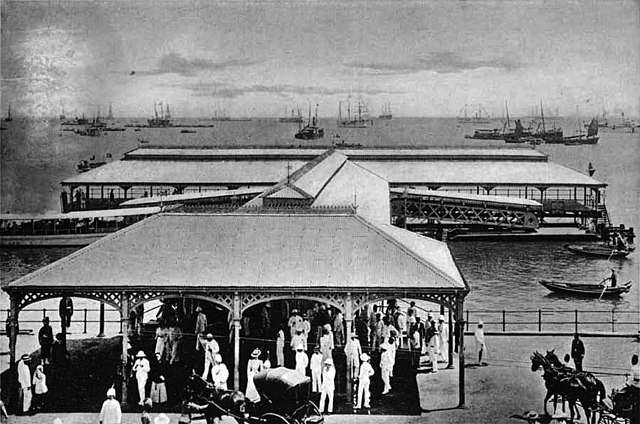Indian independence movement
The Indian Independence Movement, was a series of historic events in South Asia with the ultimate aim of ending British colonial rule. It lasted until 1947, when the Indian Independence Act 1947 was passed.
Robert Clive with Mir Jafar after the Battle of Plassey. Mir Jafar's betrayal towards the Nawab Siraj-ud-Daulah of Bengal in Plassey made the battle one of the main factors of British supremacy in the sub-continent.
The Last Effort and Fall of Tipu Sultan by Henry Singleton, c. 1800. After the defeat of Tipu Sultan of Mysore, most of South India was now either under the company's direct rule, or under its indirect political control.
Ganga Narayan Singh, leader of Bhumij rebellion
Birsa Munda, leader of Munda rebellion (Ulgulan)
The Bengal Presidency, officially the Presidency of Fort William in Bengal and later Bengal Province, was a province of British India and the largest of all the three Presidencies. At the height of its territorial jurisdiction, it covered large parts of what is now South Asia and Southeast Asia. Bengal proper covered the ethno-linguistic region of Bengal. Calcutta, the city which grew around Fort William, was the capital of the Bengal Presidency. For many years, the Governor of Bengal was concurrently the Governor-General of India and Calcutta was the capital of India until 1911.
Jahangir first permitted the East India Company (EIC) to trade in Bengal
Robert Clive at the Battle of Plassey in 1757, which marked the defeat of the last independent Nawab of Bengal Siraj-ud-Daulah
The Impeachment of Warren Hastings
Johnston's Pier, Singapore, c. 1900

